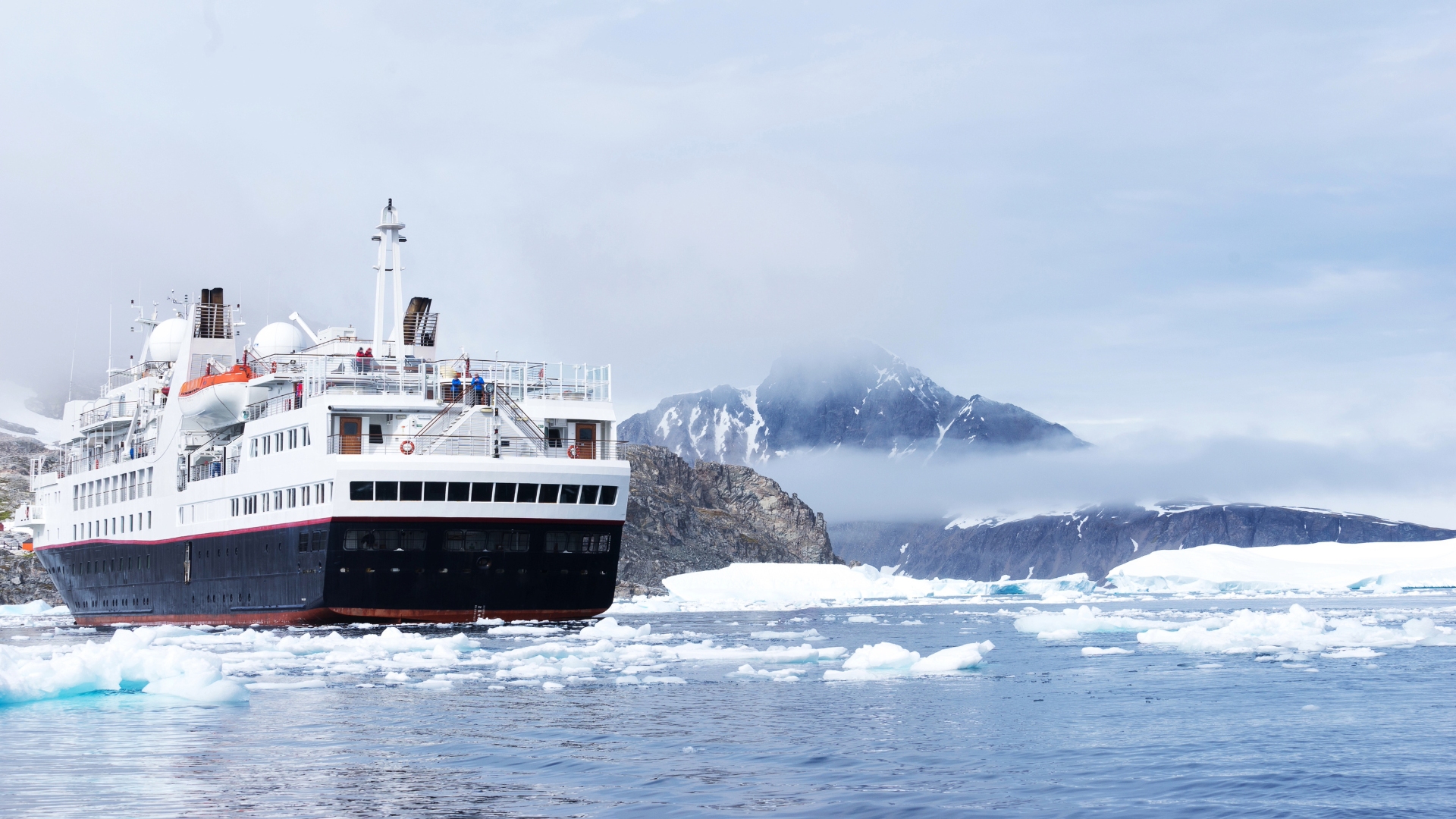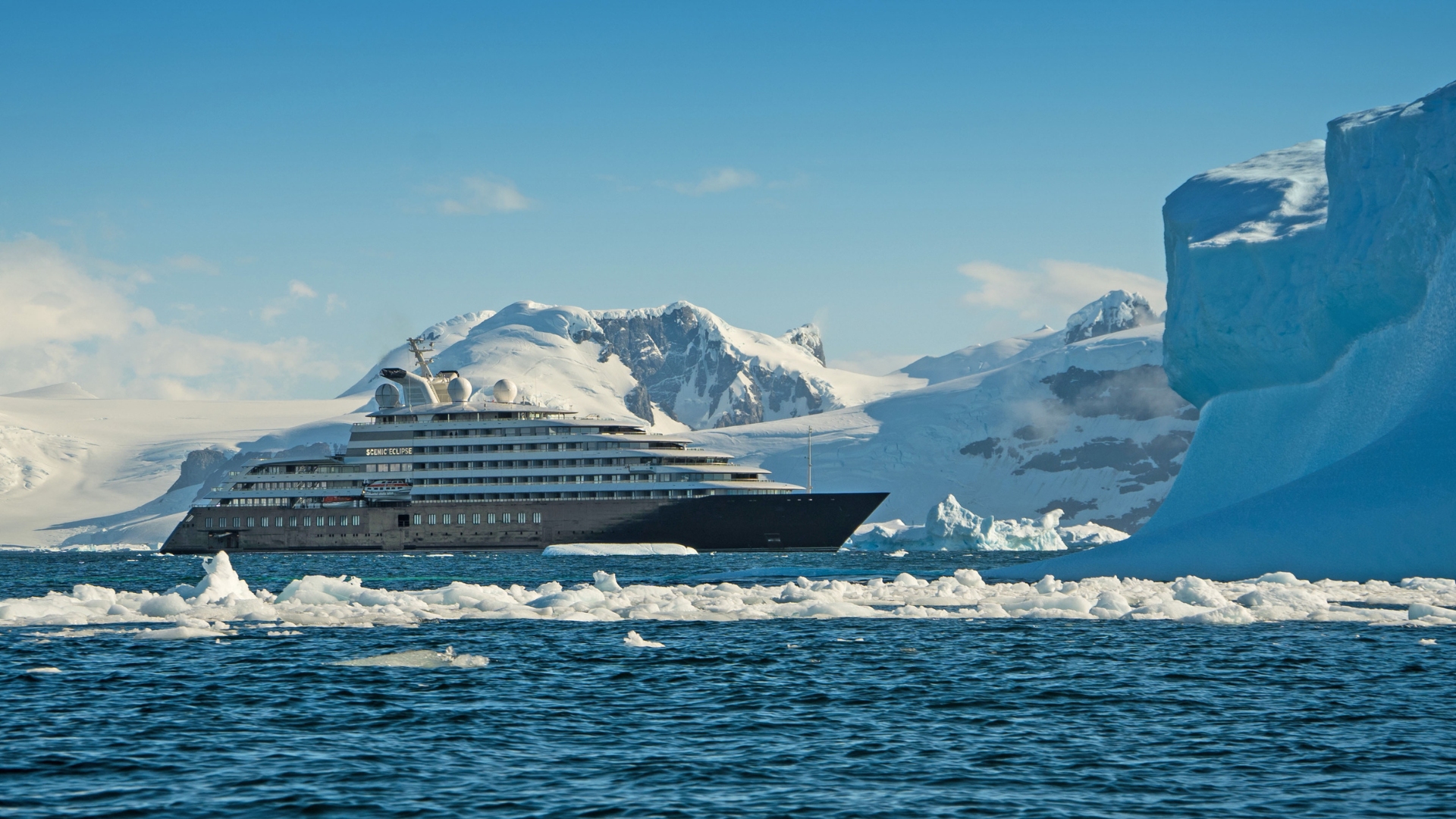What are the Requirements of the Polar Code?
Entering into force in 2017, the Polar Code is the legal framework governing maritime operations in Arctic and Antarctic waters. It was developed by the International Maritime Organisation, of which 175 nations are members, including the UK.
Officially known as the International Code for Ships Operating in Polar Waters, it sets out regulations for shipping – in particular, ship design, construction, and equipment; maritime operation; crewing training; environmental protection; and search and rescue operations.
This Polar Code is divided into two parts:
- Part I: Part I-A covers safety measures, and Part I-B contains additional guidance regarding those measures.
- Part II: Part II-A details pollution prevention measures and Part II-B provides further information relating to pollution prevention.
In this article, we’ll primarily be focusing on the safety requirements outlined in Part I, as well as some information on seafarer’s duties in pollution control.
Safety Measures
Polar waters are among the most hazardous seas in the world. Not only are the environmental conditions frigid and freezing, but the waters are often tumultuous.
As a result, according to the Polar Code, vessels operating in polar waters must be designed and constructed with specific structural enhancements to withstand harsh conditions and ice encounters. In particular, the hull must be reinforced, and materials used in ship construction must be suitable for low-temperature environments.
Furthermore, ships must have the necessary equipment and systems for safe ice navigation. These include:
- Ice radar
- Ice-strengthened hulls
- Capability to receive and process ice charts and satellite images
In addition to these safety measures, ships are also restricted by certain operational limitations depending on ice conditions, weather, and other environmental factors.

Safety Equipment
Because of the potential for calamitous accidents (and distance from any support), ships must carry adequate survival equipment, including immersive suits, lifeboats, and other life-saving, cold-adapted appliances.
Like other ships, fire safety measures (fire detection and extinguishing systems) must be present – albeit suited to low-temperature environments. Furthermore, ships must have effective communication systems to maintain contact with shore-based facilities and other nearby vessels.
Crew Training and Qualifications
Safety measures and equipment are useless without a well-trained crew drilled in emergency procedures and sea ice navigation.
Under Chapter 12 of the Polar Code, certain crew members (such as masters, chief mates, and officers) must have completed appropriate training, including Polar Code training and Watchkeeping for Seafarers (STCW). All crew members must also be drilled in the event of a fire or ship evacuation.
Emergency Preparedness
For most crew members, operating in polar waters differs little from standard seafaring. Where things become substantially more dangerous is in the event of an emergency.
The Polar Code requirements state that all ships must have specific emergency procedures for polar operations, including abandoning ships, firefighting, and dealing with ice encasement. Moreover, vessels must be equipped and prepared to carry out search and rescue operations.
Due to the scarcity of manpower in the polar regions, any ships nearby could be called upon to assist a distress call.

Environmental Protection
The polar waters are a pristine natural environment, home to animals, plants, and indigenous communities found nowhere else on Earth. As a result, the Polar Code’s requirements are stringent in this area.
Part II-A of the Code outlines measures to prevent pollution, with stringent regulations on the discharge of oil, oily mixtures, noxious liquid substances, and sewage. It emphasises compliance with the Ballast Water Management Convention to prevent the introduction of non-indigenous species and mandates the use of low-sulphur fuels to minimise air emissions.
Operational measures include protocols for waste minimisation and garbage disposal, with specific criteria for the disposal of various types of waste. Incidents that may lead to pollution must be immediately reported, and ships must be equipped to contain and mitigate the impact of pollution, including having spill response equipment and trained personnel.
Closing Thoughts
The Polar Code is among the most comprehensive maritime regulations currently enacted by international law. Its rules are ironclad, protecting both seafarers and the regional environment from risks and hazards.
For individuals looking to join a polar crew, this code requires officers and other crew members to undergo an approved Polar Code training course. These courses detail the ins and outs of the code, applying the regulations to real-life situations.
The Maritime Skills Academy is accredited by the Nautical Institute, and our Basic and Advanced Polar Code training courses equip seafarers with skills and knowledge to brave the poles.
Learn more about our Polar Code courses available on our website and start your polar seafaring career today!